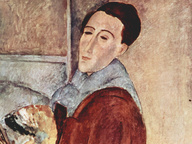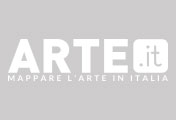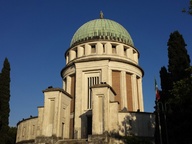Hercules and the Hydra
Santa Croce

- Artist: Pollaiolo
- Location: Hercules and the Hydra
- Date: 1470 - 1470
The small panel illustrates one of the labours of Hercules, deriving from the myth. The hero can be recognised by the attributes of the pelt of the Nemean lion (which he had defeated) and the knotty club.
The Hydra of Lerna was a sort of gigantic serpent with many heads, which grew again as soon as they were cut off. Hercules managed to kill the monster by using a stratagem: he asked his nephew Iolaus to burn the wound left by each head lopped by the club so that it could not grow back, after which he buried the last head – which was immortal – under a huge boulder.
The small panel by Antonio Pollaiolo is the pendant piece to the other small painting by the same artist portraying Hercules and Antaeus.
For information we refer to the record on the latter work (Hercules and Antaeus; Florence, Uffizi Gallery).
The Hydra of Lerna was a sort of gigantic serpent with many heads, which grew again as soon as they were cut off. Hercules managed to kill the monster by using a stratagem: he asked his nephew Iolaus to burn the wound left by each head lopped by the club so that it could not grow back, after which he buried the last head – which was immortal – under a huge boulder.
The small panel by Antonio Pollaiolo is the pendant piece to the other small painting by the same artist portraying Hercules and Antaeus.
For information we refer to the record on the latter work (Hercules and Antaeus; Florence, Uffizi Gallery).


